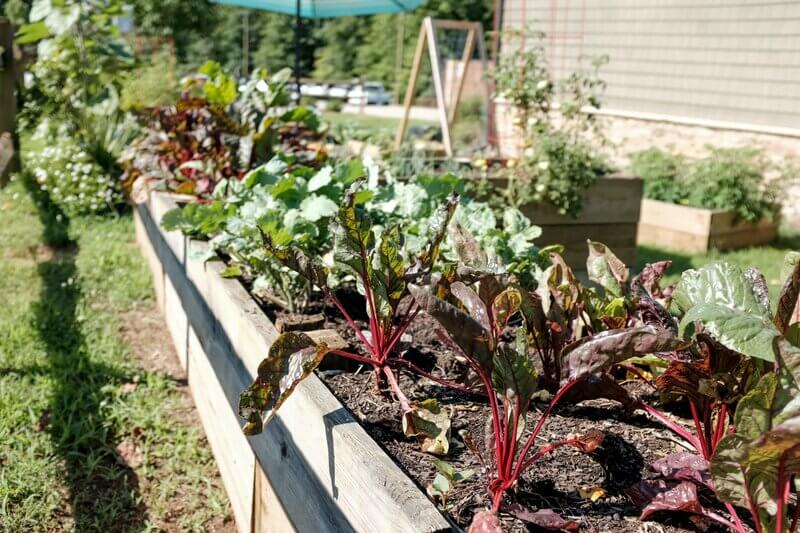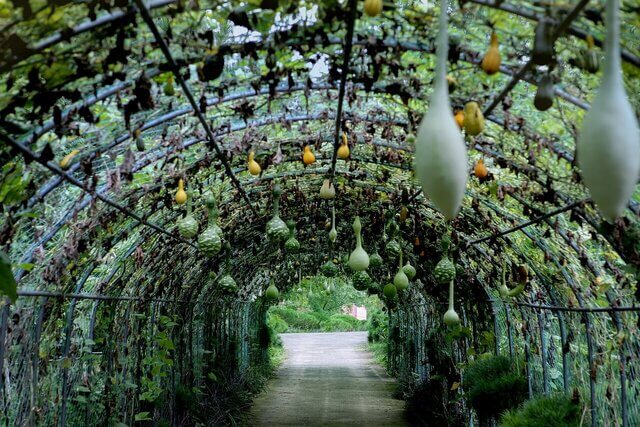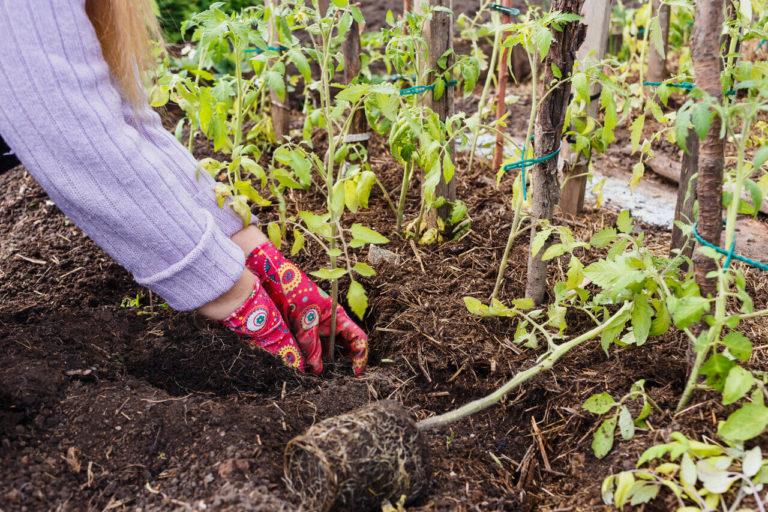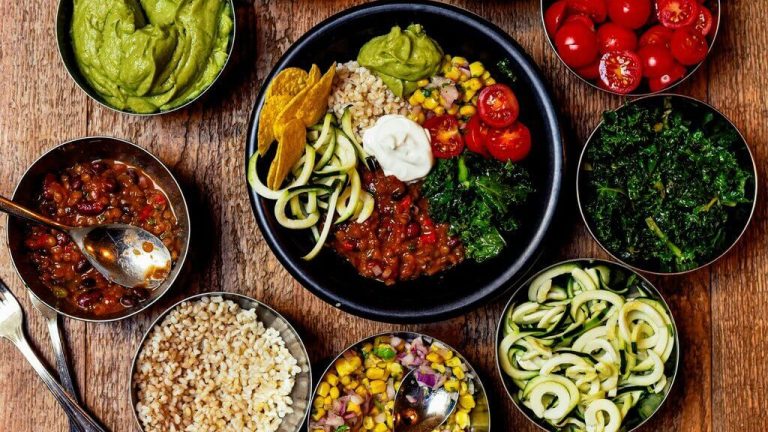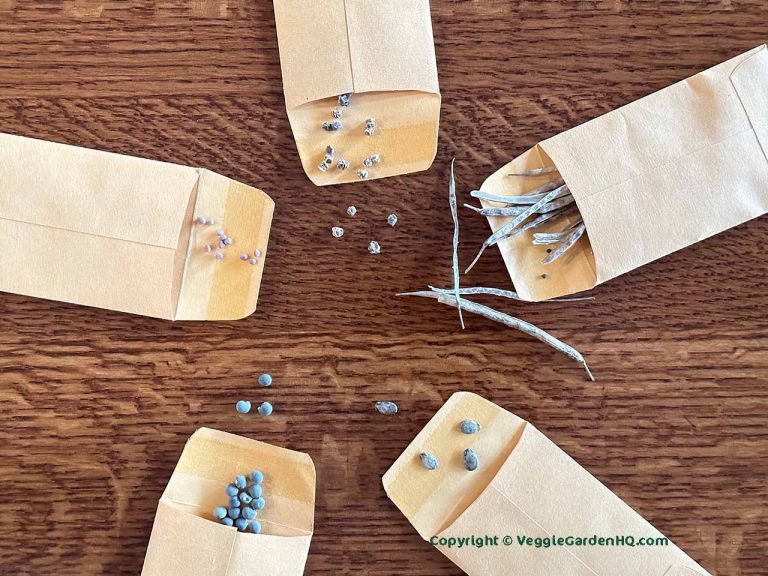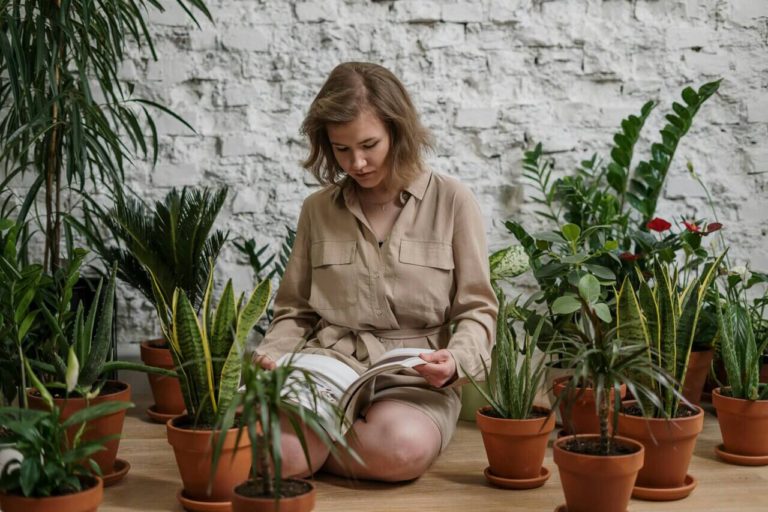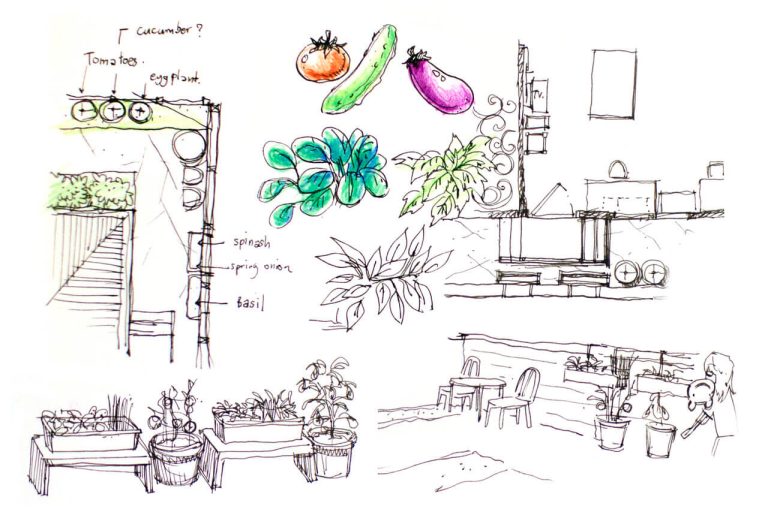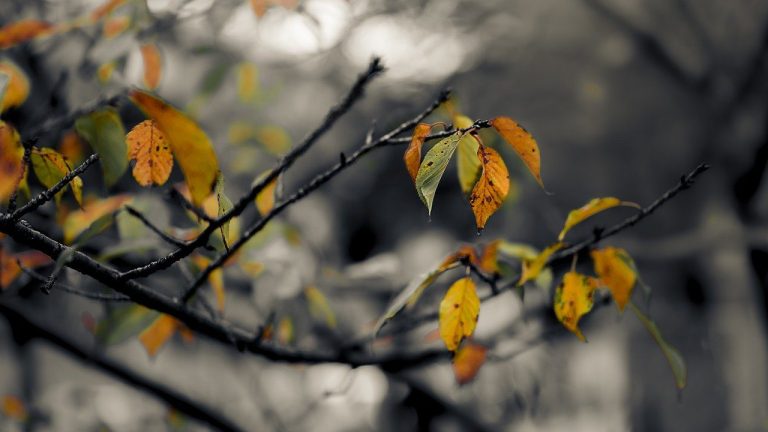Common Vegetable Gardening Mistakes and How to Avoid Them
The first time I planted a vegetable garden, I had grand visions of strolling outside with a basket, plucking fresh tomatoes from the vine, and pulling crisp carrots straight from the soil. I imagined cooking meals with homegrown ingredients, feeling self-sufficient and accomplished.
Reality had other plans.
I planted too much, too close together, in soil that wasn’t quite right. I underestimated how much sunlight my vegetables needed, and before I knew it, pests had turned my garden into an all-you-can-eat buffet. My tomatoes never ripened properly, my squash was overrun with powdery mildew, and my leafy greens bolted before I could harvest them. I had no idea what I was doing, and for a while, I felt like giving up.
But I didn’t. Instead, I learned.
Now, after years of trial and error, I now have a much better idea of what makes a garden thrive and what causes it struggle. If you’re starting your first vegetable garden, let me help you avoid common vegetable gardening mistakes so you can enjoy a thriving, productive garden from the start.
Start Small and Choose the Right Location
If I could go back in time, the first thing I’d tell myself is to start small. I was so eager to grow everything that I ended up overwhelmed. Keeping up with watering, weeding, and pest control became a full-time job. My biggest mistake? Planting without thinking about where I was putting things.
Sunlight is everything in a vegetable garden. Some plants, like tomatoes, peppers, and cucumbers, need at least six hours of full sun each day. Others, like lettuce and spinach, prefer a little shade. I didn’t pay attention to this at first. Instead, I just planted wherever I had space. The result was that some plants thrived, others struggled, and I had no idea why.
One of the most common vegetable gardening mistakes is underestimating the importance of location. Before you plant, watch how the sun moves across your yard. Pick a spot with good drainage, healthy soil, and easy access to water. A smaller, well-maintained garden is far better than a large, neglected one.
Good Soil Makes All the Difference
I used to think dirt was dirt. I couldn’t have been more wrong.
My first garden failed partly because I didn’t pay attention to my soil. Some plants grew, but others struggled, their leaves turning yellow and wilting. When I finally tested my soil, I realized it lacked key nutrients.
One of the most common vegetable gardening mistakes is planting without first preparing the soil. Vegetables need rich, well-draining soil to thrive. The best way to improve it is to add compost.
Adding compost to your garden boosts nutrients, improves soil structure, and helps retain moisture. A good mix includes compost for nutrients, aged manure to enrich the soil, and mulch to retain moisture and suppress weeds.
If you’re unsure about your soil quality, get a simple soil test kit. It will tell you if your soil is missing key nutrients, like nitrogen or phosphorus, so you can make adjustments before planting.
Plan Before You Plant
When I first started, I planted things wherever I had space, with no real plan. Big mistake.
Some plants help each other grow, while others compete for nutrients. For example, tomatoes and basil grow well together. Basil can actually improve the flavor of tomatoes and repel pests. But planting beans next to onions is a bad idea. They don’t get along.
Spacing is just as important. I crammed too many plants together, thinking I’d get more food. Instead, my plants fought for sunlight, air circulation, and nutrients, leading to stunted growth and disease.
Now, I follow spacing recommendations and trust that giving plants room leads to a better harvest. Proper planning prevents many common vegetable gardening mistakes before they happen.
Grow Vertically to Save Space
If you have a small garden, don’t think you’re limited to a few plants. Grow up, not out.
I didn’t realize at first that plants like cucumbers, peas, and pole beans thrive when grown on a trellis. Not only does this save space, but it also improves airflow and keeps plants healthier. Plus, harvesting is easier when you don’t have to dig through sprawling vines on the ground.
This year I’m building a trellis for my cucumbers. I’m excited to experience a new growing arena and hop to be amazed. Instead of spreading all over the place, they should climb upward, and grow twice as much in half the space.
If you’re working with a small yard, a patio, or even a balcony, vertical gardening is a technique to try.
Don’t Ignore Pests—They Show Up Fast
I thought I had everything under control—until I walked out one morning and found half my garden eaten overnight.
Pests are sneaky. One day everything looks fine, and the next, caterpillars, aphids, or beetles have taken over. One of the most common vegetable gardening mistakes is waiting until pests become a big problem before taking action.
Now, I do regular garden checks. I look under leaves for eggs, keep an eye out for chewed-up leaves, and plant pest-repelling flowers like marigolds around my vegetables. Companion planting also helps. Basil deters tomato hornworms, and nasturtiums keep aphids away from cucumbers.
If pests do show up, I deal with them immediately. A strong blast of water, hand-picking them off, or using organic pest sprays can keep your garden healthy.
Larger pests, such as deer, aren’t so easy to keep away from a tasty vegetable garden. My experience with these pests has taught me the value of a taller fence. That was the only deterrent that was 100% successful when I gardened in the mountains.
Starting Seeds: Set Yourself Up for Success
The first time I tried starting seeds, I had no idea what I was doing. Some sprouted, some didn’t, and I had no clue why. I later learned that not all seeds should be started the same way.
Some vegetables take a long time to mature and need a head start. These should be started indoors 6–8 weeks before the last frost. Tomatoes, peppers, eggplant, and broccoli need warmth, consistent moisture, and lots of light. A south-facing window or grow light works best.
Other crops, like carrots, beans, and radishes, should be planted directly in the garden since they don’t transplant well.
Keep a Seed Inventory
The first year, I went to buy seeds and ended up with five packets of lettuce. The following year, I forgot to buy cucumbers. Keeping track of your seeds saves time and money.
A seed inventory helps you know what you already have, keep track of expiration dates, and plan your planting schedule. To help you stay organized, I’ve created a downloadable Seed Planner. (Use code SEED50 to save 50%.)
Final Thoughts
Gardening is one of the most rewarding things I’ve ever done, but it’s also a learning process. If you’re just getting started, my best advice is to start small, focus on soil health, plan before planting, watch for pests, and avoid the common vegetable gardening mistakes that so many beginners make.
Most importantly, enjoy the process. There’s nothing like the feeling and taste of growing your own food.
What are you planting this season? Drop a comment below—I’d love to hear about your garden!
’I
I’m Kim Nelson, a writer, entrepreneur, and Master Gardener; please connect with me. Have gardening questions or want more information? Join the VeggieGardenHQ.com community to get your copy of “Grow These Three Vegetables Anywhere Year-Round” and direct access to much more gardening information I share in my weekly newsletter.

